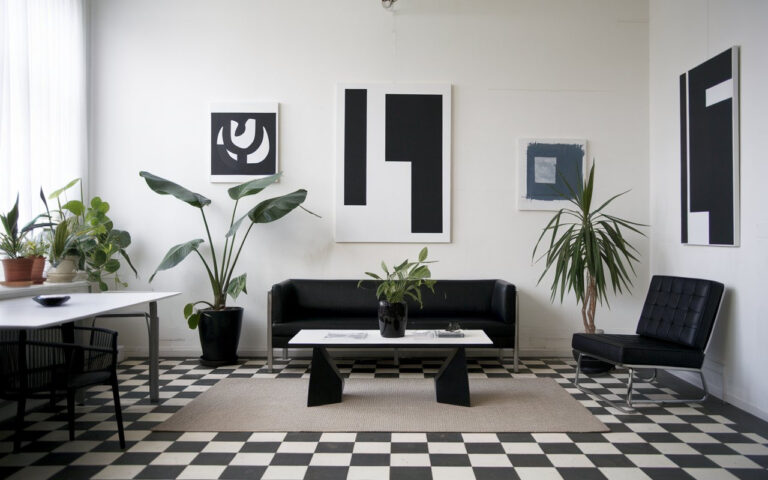Ever walked into a room and felt an immediate sense of calm? That’s the magic of Bauhaus interior design at work. Born from the ashes of World War I in 1919 Germany, this revolutionary approach transformed how we think about our living spaces.
Walter Gropius founded the Bauhaus school with a radical vision: to merge art with industry to create designs that were both beautiful and useful. The style traveled from Weimar to Dessau to Berlin before Nazi pressure shut it down in 1933 but by then, its seeds had already spread worldwide.
What makes Bauhaus interior design so special even today? It’s all about clarity and purpose. “Form follows function” isn’t just a catchphrase’s the backbone of spaces that truly work for you. Clean lines replace unnecessary clutter.
Materials appear in their natural state. Geometric shapes bring order to chaos. Every element serves a purpose, creating homes where both mind and eye can rest. The result? Spaces that don’t just look good but actively improve how we live. No wonder we’re still falling in love with Bauhaus a century later.
The Bauhaus Aesthetic Language
Walk into a Bauhaus-inspired space and you’ll notice it immediately. Bold squares meet perfect circles. Clean lines create clear boundaries. Nothing extra exists, just what’s needed. The color palette speaks its language: vibrant red, yellow, and blue pop against calm blacks, whites, and grays.
These aren’t random choices. Each element works together to create spaces that feel both energizing and peaceful. Your eye knows where to rest. Your mind understands the room at a glance.
The materials tell stories of innovation. Cool steel frames support warm leather seats. Glass creates transparency and light. Concrete grounds the space. Have you ever seen a Barcelona Chair? That’s pure Bauhaus magic from Mies van der Rohe.
Or the tubular steel Wassily Chair that changed furniture forever? Marcel Breuer designed it after looking at his bicycle handlebars. These pieces weren’t just furniture. They were revolutionary ideas made real. And they still look modern in today’s homes. Want to transform your space? Start with one iconic piece and build around it.
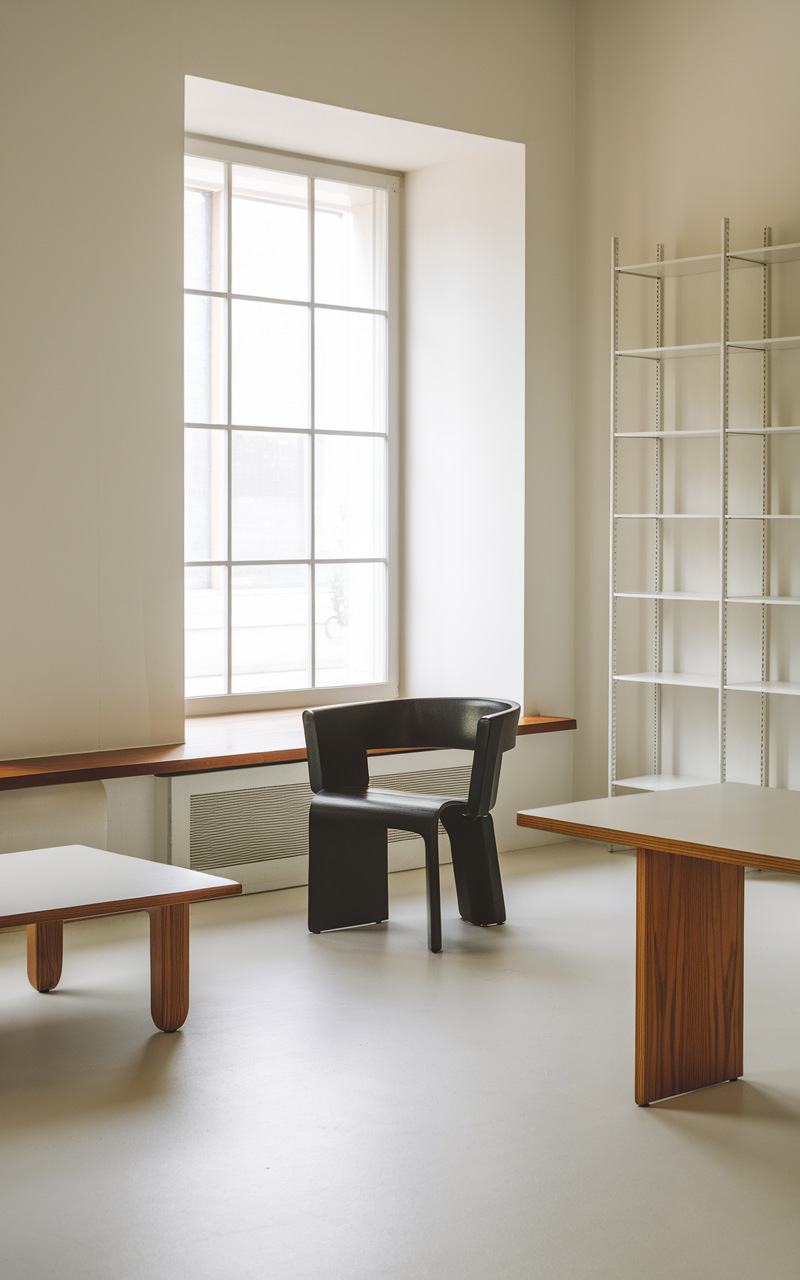
Bauhaus Room-by-Room Design Applications
Bauhaus design transforms every corner of your home with purpose and clarity. Each room becomes a canvas for functional beauty that serves your daily life.
Living Spaces
Your living room sets the tone for your entire Bauhaus experience. Open layouts eliminate unnecessary walls, creating movement and connection between spaces. Light flows freely. Conversations happen naturally. Your guests experience the whole space rather than feeling confined.
Platform furniture sits low to the ground, creating visual space above. Built-in storage disappears into walls, eliminating clutter instantly. Try a wall-mounted bookshelf that seems to float. Add a platform sofa in neutral gray with red cushions for that perfect Bauhaus touch. Every piece serves a clear purpose.
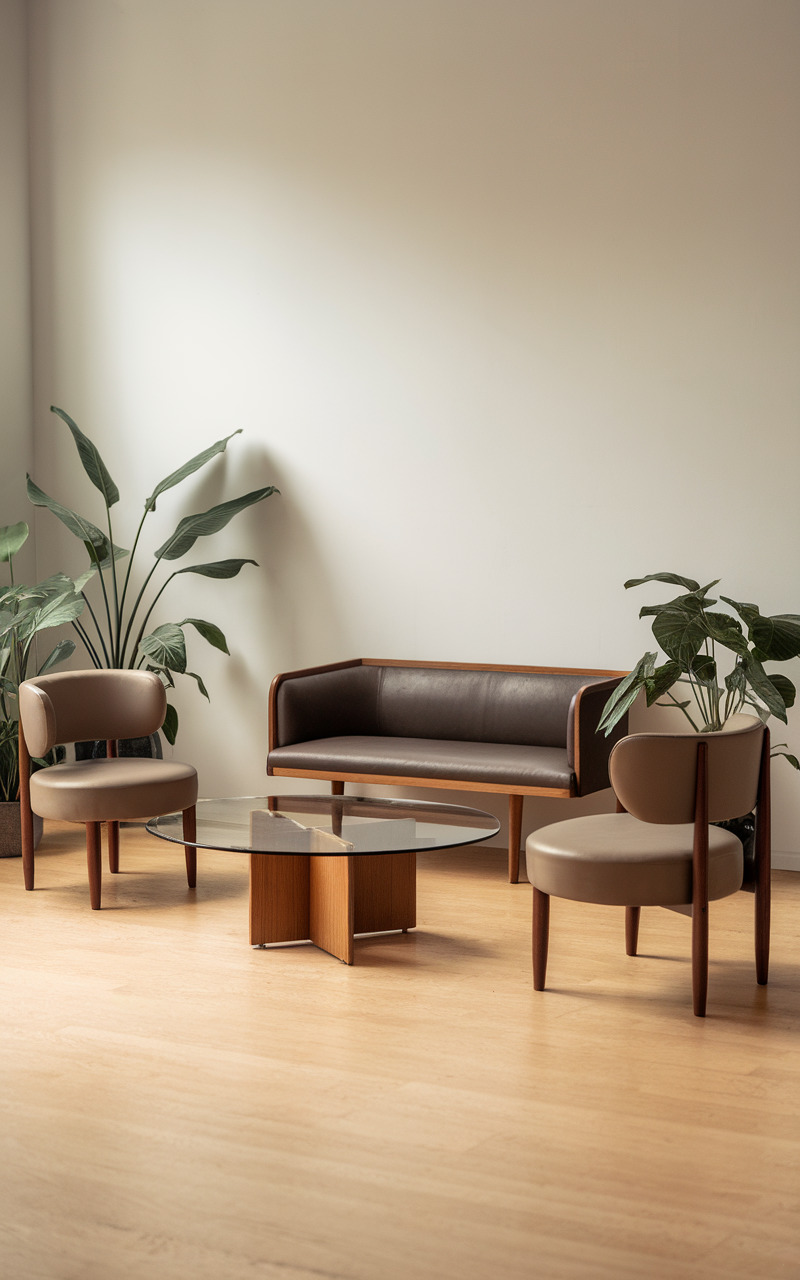
Functional Spaces
Kitchens, bathrooms, and offices demand efficiency above all. Bauhaus delivers with streamlined solutions that make daily tasks effortless. Form truly follows function here.
Industrial materials shine in these hardworking spaces. Stainless steel countertops in kitchens offer durability and clean lines. Glass shower enclosures expand bathroom space visually. In your office, a simple tubular steel desk provides strength without bulk.
Focus on layout first. Place essential elements within easy reach. Can your office chair roll directly to your files? Does your bathroom vanity offer clear access to everything you use daily? These practical questions guide true Bauhaus design.
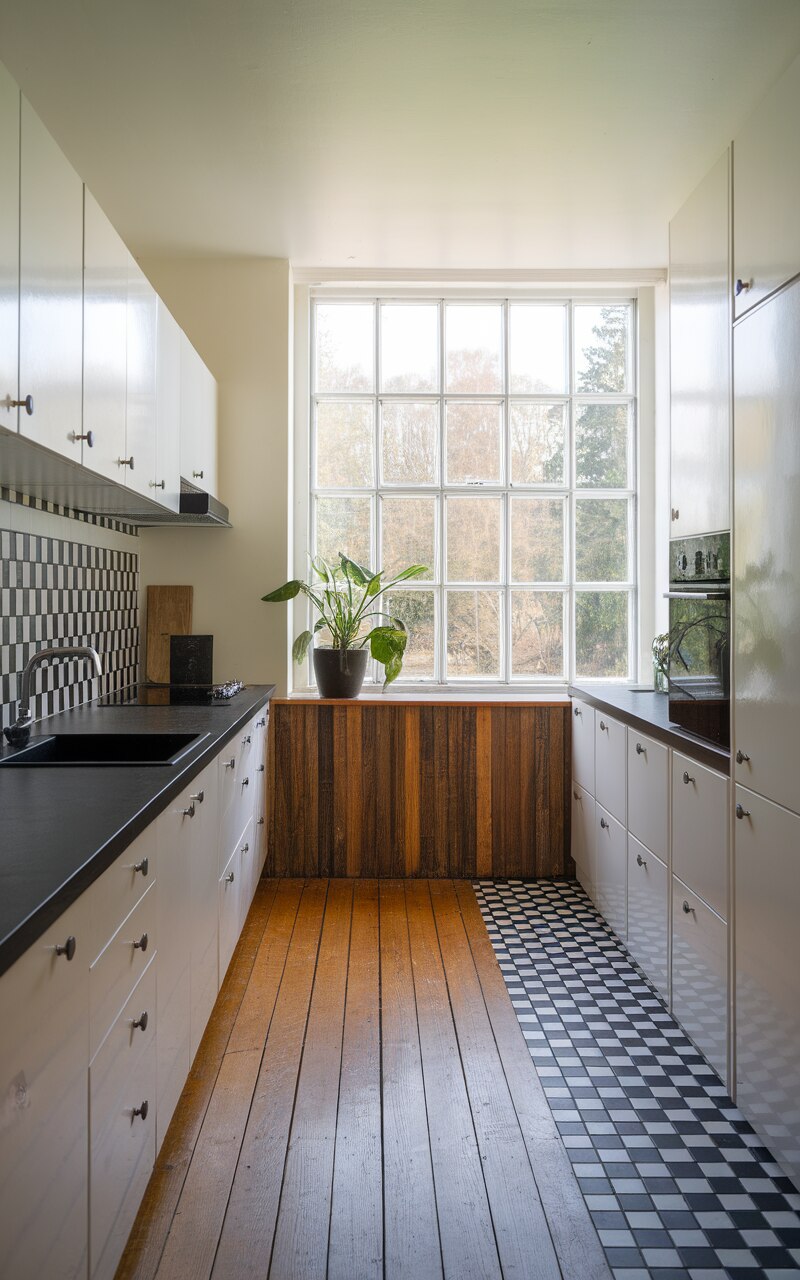
Creating Joy and Clarity Through Bauhaus Design Principles
Clutter creates stress. Your brain processes every object in view. Bauhaus spaces remove the unnecessary, giving your mind room to breathe. Think about walking into your home after removing three pieces of furniture.
A Bauhaus room works with your brain, not against it. Every item serves a purpose. Nothing demands extra attention. This purposeful approach creates a natural sense of joy.
Functional spaces make life easier. Your morning coffee sits exactly where you need it. Your keys have a dedicated spot. Work materials arrange themselves logically on your desk.
Yet functionality doesn’t mean cold or unwelcoming. Soft textiles warm metal chairs. Natural light balances concrete surfaces. Plants add life to geometric spaces. The beauty comes from this perfect balance practical yet comfortable, minimal yet inviting. Your space works for you, not the other way around.
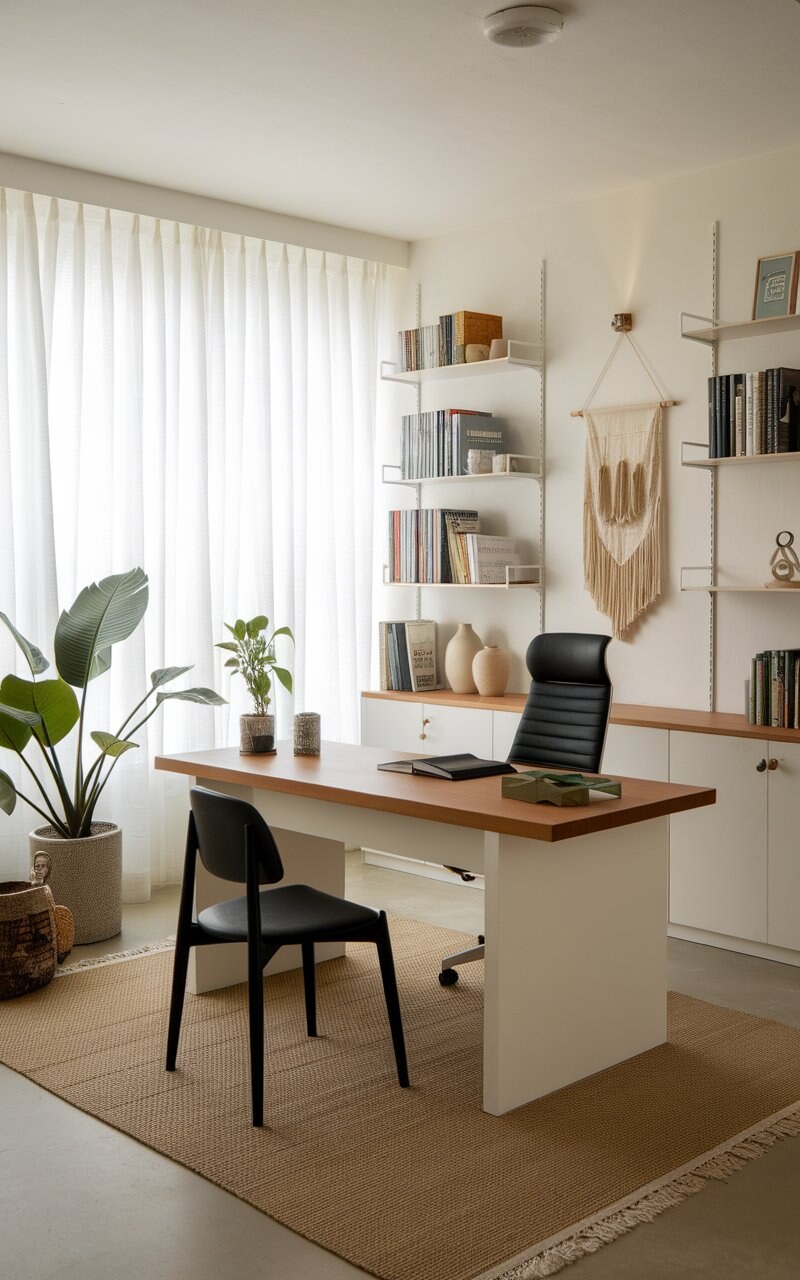
Modern Adaptations of Bauhaus Interior Design
Today’s Bauhaus embraces warmth without sacrificing principles. Wood tones soften steel frames. Wool throws drape across geometric furniture. Houseplants add life beside concrete walls. Companies like IKEA draw directly from Bauhaus philosophy, affordable, functional design for everyone.
Even Apple products channel this tradition with their clean lines and intuitive function. You can create this balance too. Try pairing a classic Wassily chair with a textured rug. Or place a sleek lamp beside a wooden side table. These contrasts create inviting spaces that honor Bauhaus thinking.
Technology fits perfectly into modern Bauhaus homes. Hidden charging stations eliminate cord clutter. Smart home systems operate invisibly. Flat screens mount flush to the walls. The principles remain the same just the applications evolve. Sustainability adds another dimension. Multifunctional furniture reduces material waste.
Quality pieces last decades, not seasons. Energy-efficient layouts maximize natural light. Designers like Jasper Morrison and Naoto Fukasawa create new classics that Walter Gropius would recognize immediately. Their work proves Bauhaus isn’t historical, it’s timeless. How might your home benefit from this thoughtful approach to both form and function?
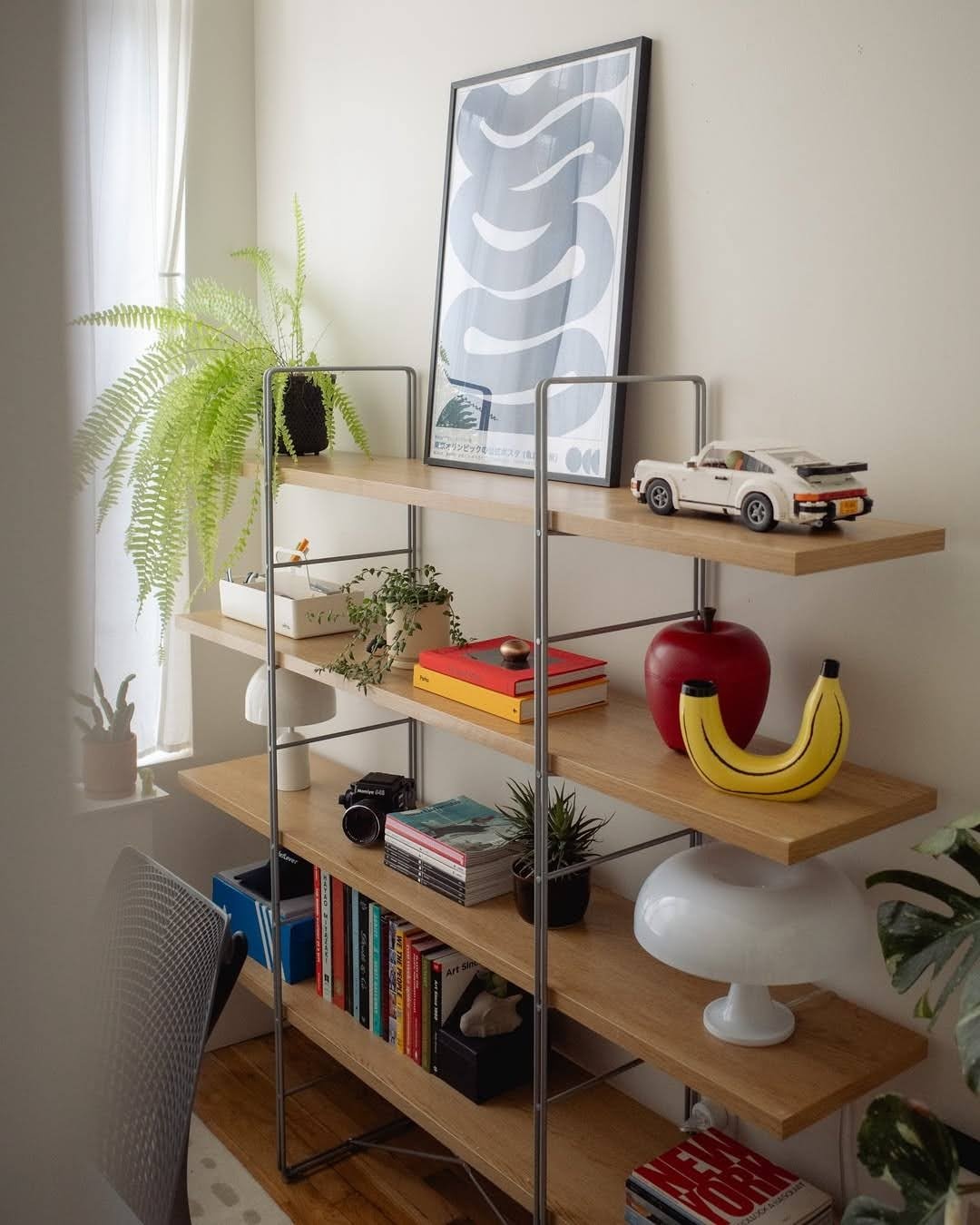
Practical Guide to Incorporating Bauhaus Style
Start small with one statement piece. A Barcelona chair becomes your room’s anchor. A primary-colored wall creates instant impact. Geometric throw pillows signal Bauhaus intent at minimal cost. Budget-friendly options abound; look for clean lines and functional design in mainstream stores.
IKEA’s PONG chair channels Bauhaus principles at an accessible price. Before buying anything, declutter first. Remove one item from each surface. Take everything off the shelves and only return what serves a purpose.
Authentic replicas from companies like Knoll offer historical accuracy but at premium prices. Contemporary pieces inspired by Bauhaus work perfectly for most homes that look for tubular steel frames, glass surfaces, and functional simplicity.
Make it your own with personal touches in simple frames. Choose one Bauhaus color that resonates with you. True Bauhaus isn’t about copying a museum, it’s about creating spaces that work beautifully for your life. What area of your home would benefit most from this practical approach?
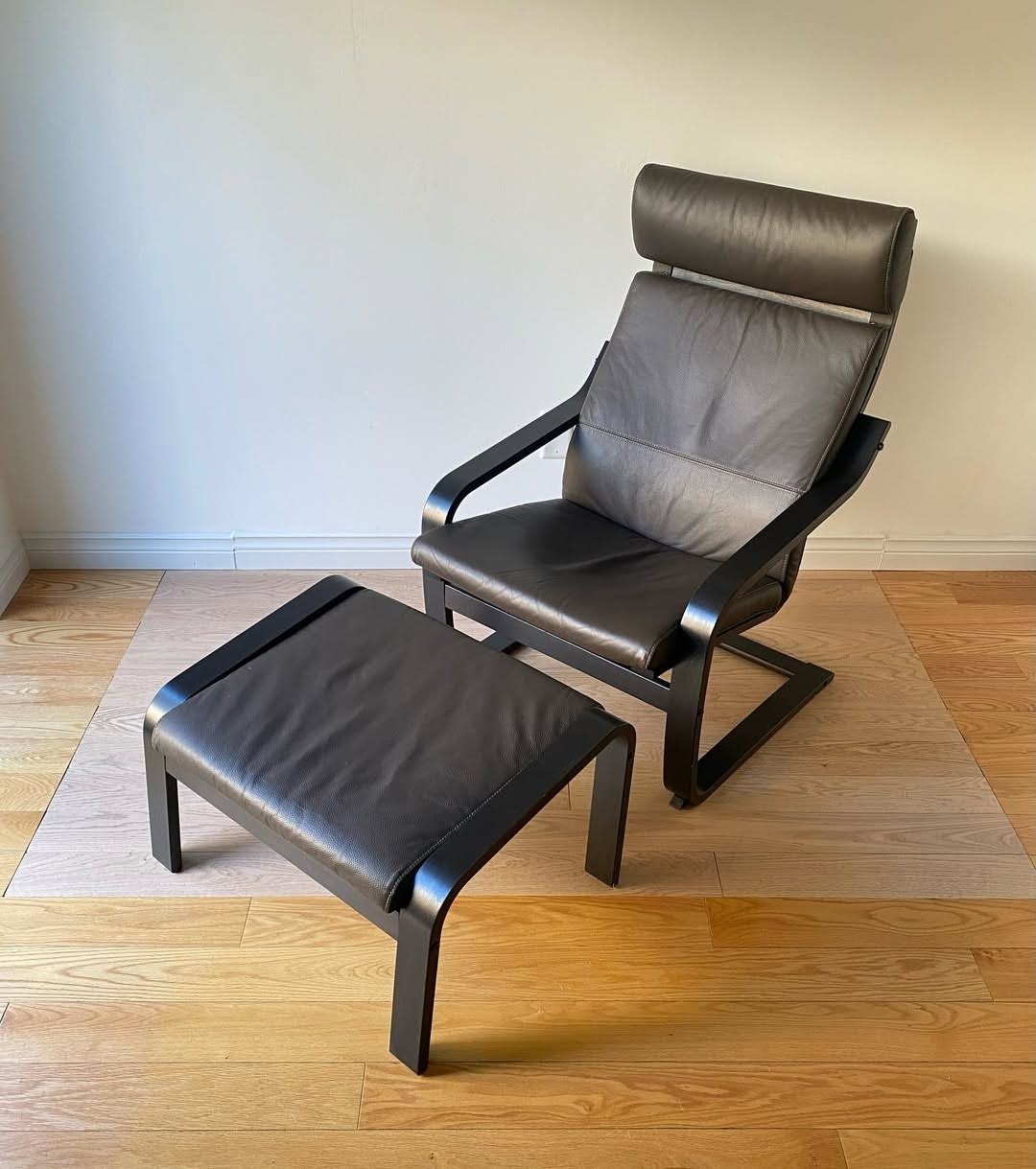
FAQs
What distinguishes Bauhaus from Mid-Century Modern design?
Bauhaus came first (1919-1933) and emphasized industrial materials like steel and glass. Mid-Century Modern (1940s-1960s) softened these ideas with organic shapes and warm woods. Bauhaus feels more geometric and primary-colored. Mid-Century embraces nature-inspired curves. Think of Bauhaus as the strict parent and Mid-Century as its more relaxed child.
How can I incorporate Bauhaus principles in a small apartment?
Small spaces benefit most from Bauhaus principles! Start with multipurpose furniture a sleek sofa bed or nesting tables. Use built-ins to eliminate clutter. Choose one accent wall in primary red, blue, or yellow. Keep surfaces clear. Hang mirrors strategically. Remember: in Bauhaus design, less truly creates more space.
Can Bauhaus design work in traditional home architecture?
Absolutely! The contrast creates stunning results. Place a Barcelona chair beside your traditional fireplace. Hang geometric art in ornate rooms. Paint interior doors in primary colors. The key is balance let traditional elements provide warmth while Bauhaus pieces add clean, functional energy. Your home tells a richer story through this dialogue.
How did Apple and other modern companies draw from Bauhaus principles?
Steve Jobs openly admired Bauhaus philosophy. Apple products embody “form follows function” with minimal, purposeful design. Their stores feature clean lines and open spaces. Even their packaging follows Bauhaus principles, only what’s necessary, beautifully executed. Other companies like IKEA, Braun, and Muji similarly embrace functional simplicity as their design core.
Is authentic Bauhaus furniture still in production today?
Yes! Companies like Knoll and Herman Miller produce licensed Bauhaus classics. The Barcelona Chair, Wassily Chair, and Wagenfeld Lamp all remain in production with their original specifications. They’re investment pieces, though expect to pay $1,000-5,000 for authentic items. Many quality replicas also exist at more accessible price points.
Conclusion
A century later, Bauhaus design speaks directly to our needs. We crave simplicity in our complex world. We need functionality in our busy lives. The democratic vision of beautiful design for everyone, not just the wealthy, feels especially relevant today. Your home becomes a sanctuary when guided by these principles.
Each thoughtful choice creates space for what matters. Each unnecessary item removed lifts a mental burden. This is Bauhaus’s true gift: not just striking rooms, but spaces that actively improve how you live. In a world of constant noise, your Bauhaus-inspired home offers something precious: the joy of clarity through purposeful, uncluttered spaces.

